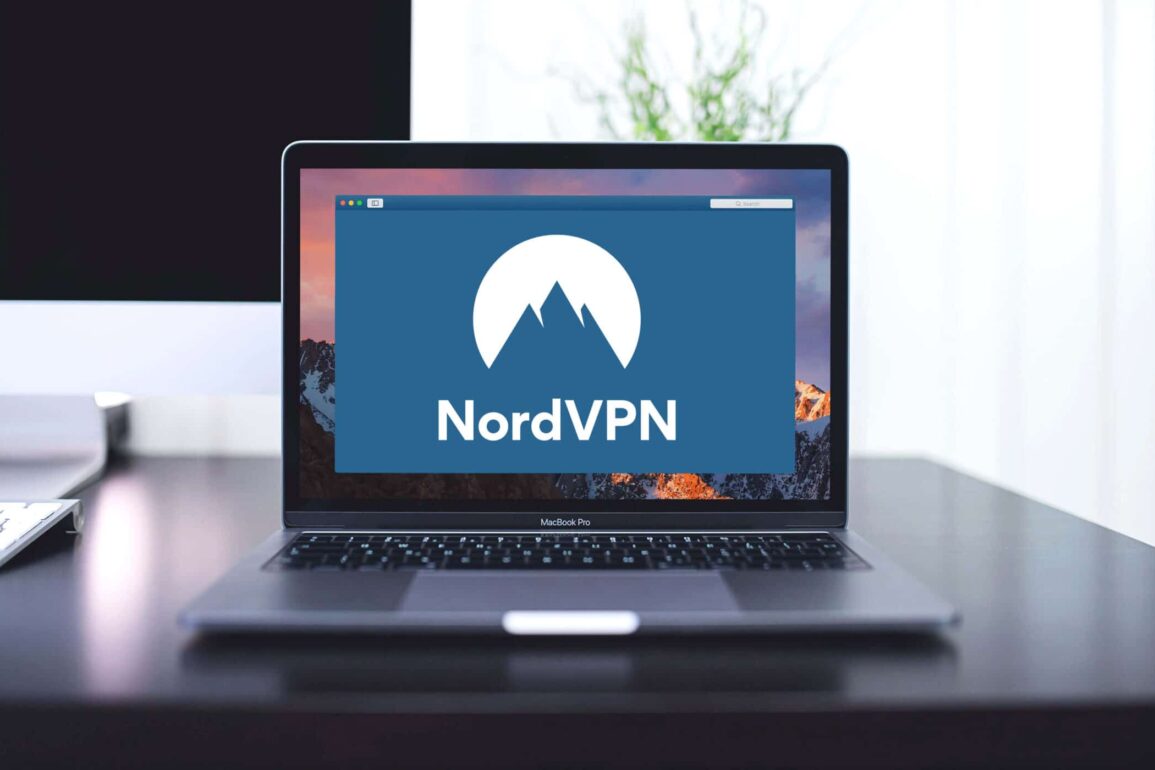Quintessentially British brands: How the Dyson brand cleans up on marketing
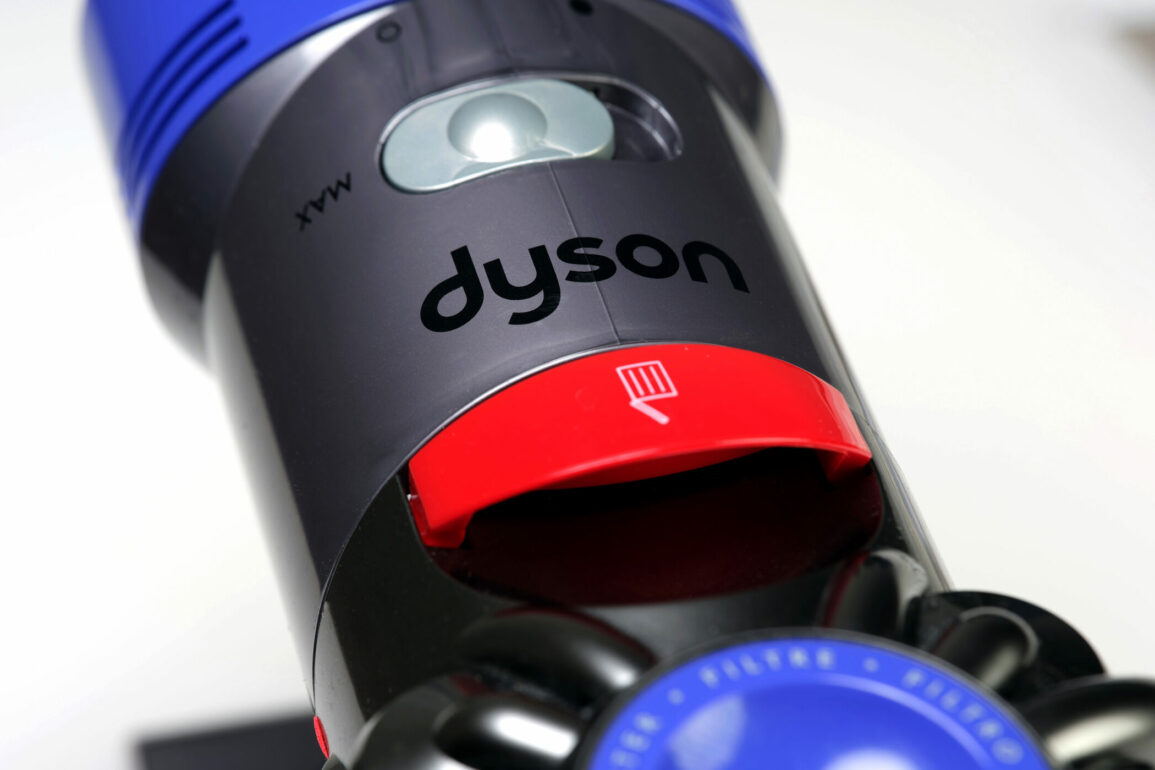 Credit: Daniel Foster
Credit: Daniel Foster
Let’s talk about a brand that really cleans up.
Before Dyson, it’s hard to imagine that anyone predicted a future, where a vacuum cleaner would become an icon for an entire country. Yet, somehow, this simple and effective company has turned its focus on exceptional innovation and word of mouth marketing to create an utterly unforgettable brand.
Despite difficult beginnings, brimming with controversy and failure, the Dyson brand emerged over the years as a truly quintessential British brand, often listed alongside companies like Vivienne Westwood, Marks & Spencer, and Pashley. From a marketing perspective, the Dyson branding strategy can teach us effective lessons on how to connect with our audiences, evolve, and innovate.
For something built around a relatively mundane, and often overlooked household item, Dyson has developed a significant amount of sway in the marketplace, establishing itself not only as one of the greatest brands in Britain, but also one of the most memorable household names in history.
The question is, how did the Dyson brand identity come so far? What makes it one of our favourite great British brands, and what can your business learn from its adventures into the world of effective marketing?
Let’s get to work on answering those questions, by exploring Dyson, and providing a unique view of a company that blows the competition away.
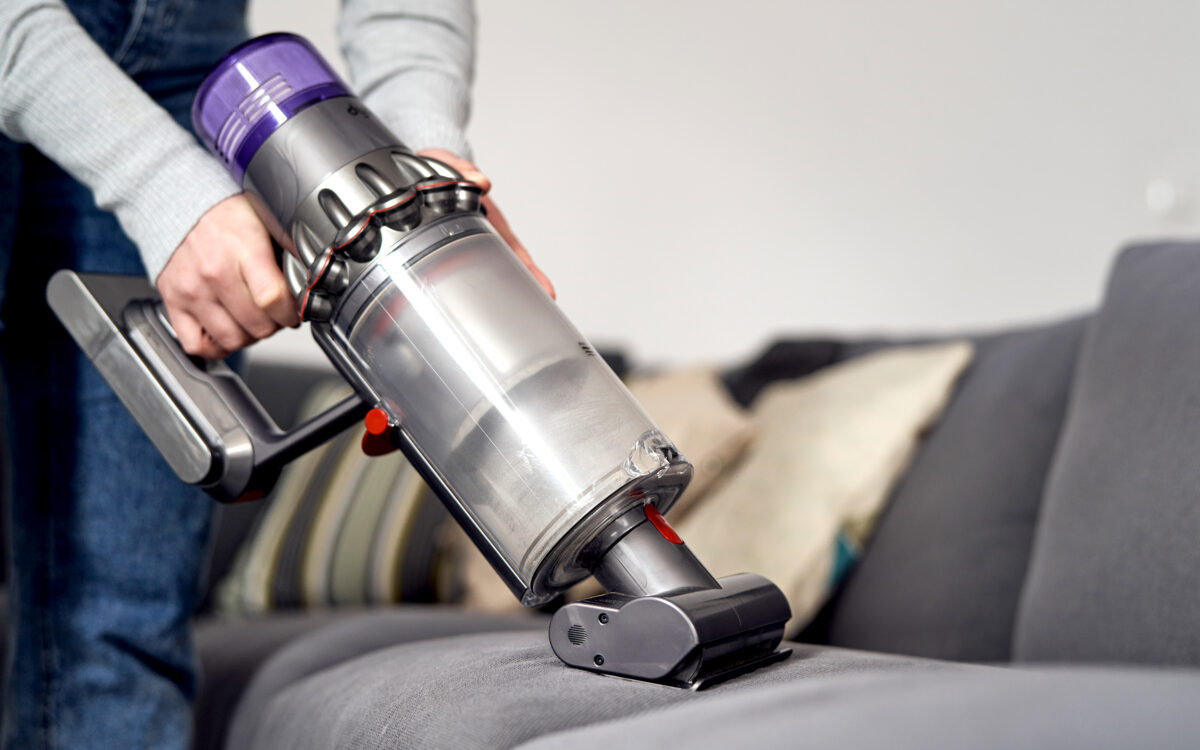
Dyson delivers: The Dyson brand history
Let’s face it, the word “Dyson” is synonymous with home tech.
You can’t talk to someone about a vacuum cleaner, a fan, or even a hairdryer without the name showing up somewhere. Since the organisation entered the marketplace in the early 90s, their devices have emerged as top-of-the-line products, perfect for banishing dust from your carpet, or even blowdrying your hair.
Whether it’s the colourful plastic designs that have a fond place in your heart, the innovative bag-free technology, or simply the commercials with their soothing British voice-overs, Dyson has achieved a kind of ubiquity today as the ultimate household product. It’s no wonder that the namesake and founder of the business, James Dyson, has a net-worth of about $4.6 billion on average.
Now that the Dyson brand is doing so well, it might be hard for you to imagine a time when James couldn’t sell his game-changing idea no matter how hard he tried. However, one of the first lessons that Dyson branding can teach us, is that start-up companies sometimes have to struggle before they find success.
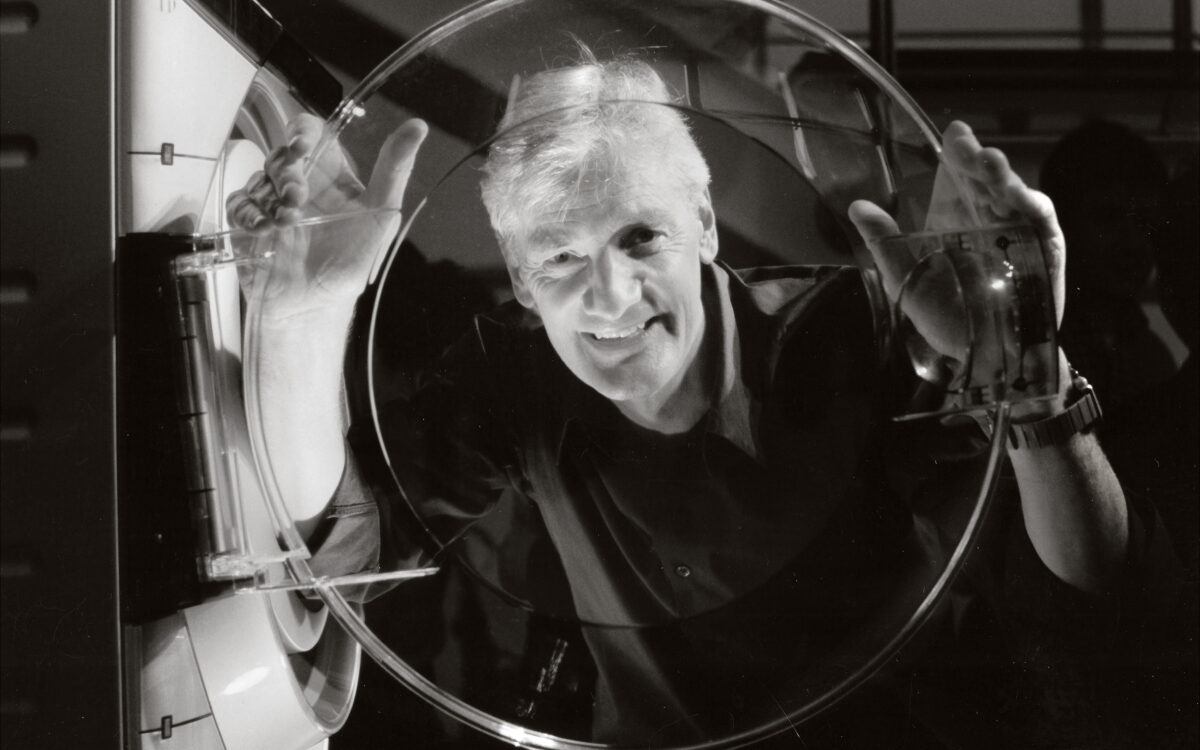
The Dyson journey began in 1978 when James decided that there had to be a better way to clean his home than using the tired-old vacuum cleaners of the day. His dream was to develop a bagless vacuum that didn’t lose suction, no matter what. The concept seemed simple enough, but transforming that idea into a reality wasn’t as easy as you might think.
The idea for a bagless device came to James after he spotted a local sawmill, which was using a 30-foot-high centrifuge cone to spin dust out of the air. Dyson figured that the very same technology could be shrunken down and built into the technology behind a bag-less vacuum cleaner. All he needed to do was find someone to support him.
Of course, like most entrepreneurs, James found that the path to success was a complicated one. In fact, he spent the next fifteen years developing and adapting his design – something which led to the production of no less than 5,127 different prototype cleaners. More than 5,000 attempts later, James had the technology he needed to change the world, and the Dyson brand began.
Setting up a store in the Cotswolds, James began to grow a business that would quickly emerge as one of our quintessentially British brands. The Dyson brand name spread across the United Kingdom, and around the world too, not just with vacuum cleaners, but with bladeless fans and funky hairdryers.
According to Dyson, the brand still functions around a celebration of taking risks and making huge innovations. The company has fully embraced risk and the ever-present possibility of failure as part of their process for success. Perhaps this is one of the reasons why the Dyson marketing team doesn’t have to work too hard on attracting new engineers and tech experts to the team.
When you join the Dyson family, you get almost complete freedom to explore opportunities and innovate with the technology available to you. People can go and try out their ideas, get involved with the design process, and think outside of the box when it comes to delivering new products. According to James Dyson: “The stranger and riskier, the better.”

A company that doesn’t suck: The Dyson brand identity
So, we know where the Dyson brand comes from, now let’s talk about the things that have made it such a pervasive identity in the British marketplace. Ultimately, the only way to truly stand out from your competition, establish strong connections with your audience, and ensure long-term success for your business, is to build a brand.
However, according to James Dyson, the whole concept of a “brand” is something that’s ignored and even banned in his company. James believes that the Dyson brand is only ever as strong as its latest product, and as such, he thinks that “branding” as a concept is unnecessary.
Of course, if we dive a little deeper into the Dyson strategy, it’s clear to see that Dyson does branding better than most. It might not have a specific “branding” team in its professional community, but it invests in all the elements that contribute to a powerful identity. With that in mind, it seems that Sir Dyson might not understand what the term “brand” really means. After all, it’s a complicated concept to get your head around.
A brand is “what people say about you when you’re not in the room”. It’s your reputation as a company, the personality that informs your marketing material, and the collection of values and purposes that drives everything you do. Let’s look at some of the Dyson branding initiatives that Sir James is overlooking when he disregards the concept of “brand”:
1. The Dyson brand voice
Brands have a tone of voice and a personality that makes it easier for them to connect with their customers. It’s this personality that transforms a company into something more, providing the “human” elements that facilitate long-term relationships. Let’s take a look at Dyson’s voice on Twitter, for example.
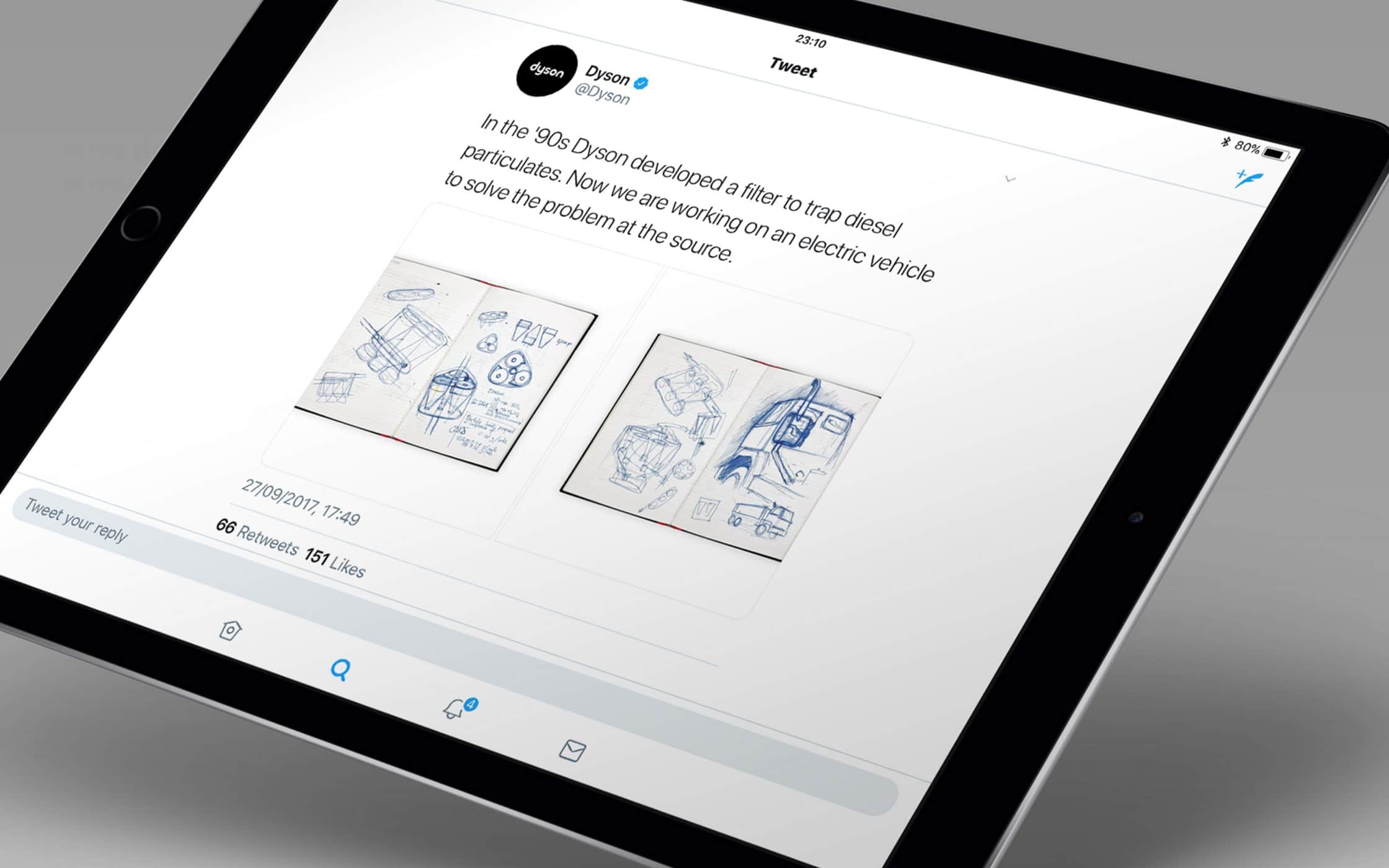
We see that it’s:
- Clever.
- Meticulous.
- Innovative.
- Forward-thinking.
Dyson focuses on showing its intelligent side to its audience, so that customers know they can trust them to deliver next-level technology.
2. The Dyson brand story
Powerful brands also have a story – something that connects customers to the business origin, and helps to establish a sense of loyalty in followers. In Dyson’s case, the story is very similar to Apple’s, which focused on two men working in their garage to create something incredible.
Dyson struggled through years of hardship and failure to make his dream a reality. He even memorialised his inspiration with a video.
3. The Dyson brand logo
Great British brands also have memorable icons: visual images that make it easier for customers to recognise them. Dyson has a number of these elements in its portfolio. For instance, it’s got the iconic yellow plastic in its vacuums that helps to make the device look simpler and more appealing. The Dyson brand also has the roller balls and plastic holding cells that make cleaning your home more efficient.
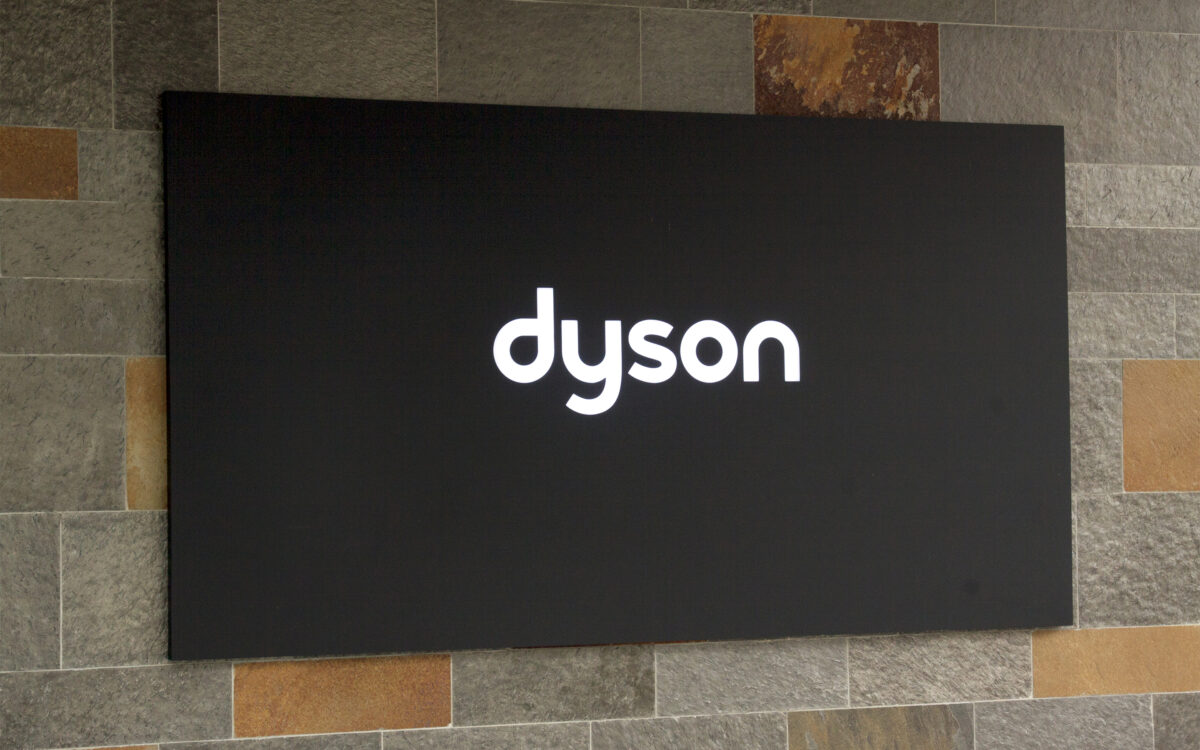
Of course, there’s also the smooth and effective Dyson brand logo to think about. With a sans-serif typography logo, Dyson highlights its friendly nature as a company and refuse to draw attention away from the innovation of its product. The black and white colouring speaks to innovation and sophistication in a timeless way.
4. The Dyson brand purpose
An effective brand also has a creed – something that can be outlined in its brand manifesto and used to guide decisions made in the future. Dyson is incredibly straightforward when it comes to telling its customers what it’s all about: simplicity and innovation.
Short and snappy taglines used throughout marketing messages and advertising, like “Designed to move”, or “The vacuum that doesn’t lose suction”, might not be the most creative phrases in the advertising world, but they’re still effective at sharing the brand purpose with the masses.
5. The Dyson brand values
Finally, a brand has a set of values that its customers can respect, and its followers can stick to. Innovation is an obvious value for Dyson and something that it has focused on consistently throughout the years. However, the company also looks at values like design aesthetics, functionality, creativity, reliability, and luxury too.
For example, while Dyson promises you some of the most intuitive devices available on the market, the brand also expects you to pay more for them. The company has never competed with other brands on price. Instead, it believes that its USP and loyal customer following is all that’s needed to be successful in the marketplace. That strategy has worked well thus far.
So, for a company that claims to ignore the value of “brand”, Dyson has all the makings of a pretty good branding experience. Combine that with the fact that Sir James has spent around $20 million on TV advertising alone to share his company identity with the world, and you can see for sure that Dyson is just as dedicated to branding as the rest of us.
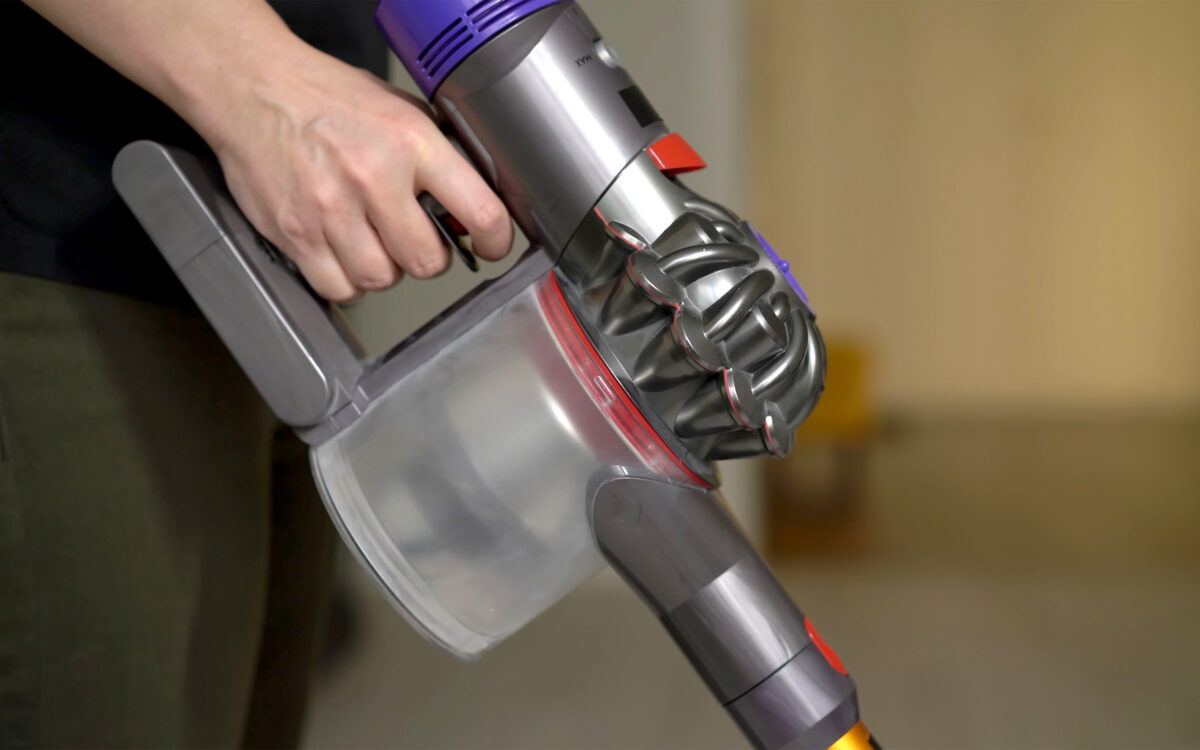
Dyson marketing: Creating a loyal customer base
Now that we’ve established that Dyson does have a brand (regardless of its arguments to the contrary), we can look at what the Dyson branding strategy does differently, to help it stand out in the hearts and minds of British customers.
At least to some extent, it’s fair to say that Dyson’s success can be attributed to the legions of British customers who not only purchase the company’s products but also rave about them to their friends. Dyson marketing is a lesson in the power of word of mouth. From the moment this new technology emerged, the Dyson vacuum became more than just another vacuum cleaner.
The creativity and innovation that the Dyson brand brought to the market went beyond the concept of a bagless cleaner. Dyson vacuums felt different, looked different, and acted differently compared to anything else the British homeowner had experienced before. Dyson effectively transformed the vacuum into a status symbol and a lifestyle product for the UK.
Creating obsessed customers
What makes the Dyson branding experience so unique, is the fact that it delivers something that customers can truly rave about. The company’s customers saw more than one benefit from bringing a Dyson into their homes. Yes, they could shout about how clean their floors were, but they also had an exciting new gadget to show off to their friends. Everyone wanted to talk about how well the system worked, and how easy cleaning had become.
Of course, Dyson’s wide customer base meant that the audience for this conversation was practically limitless. In the UK at least, anyone who had a place to live wanted to keep it clean, and anyone who’s spent a weekend trying to get their home in shape knows the value of a machine that can make tidying easier. Instantly, Dyson began to create a powerful social following – something that would inform the Dyson marketing efforts in the future.
If you look at any case study or review on Dyson marketing, you’ll find that this company has never really believed in big, global campaigns. Instead, they’re more focused on the power that can be achieved from reviews, reputation, and great PR. Dyson like to set themselves apart from their competitors by leveraging the power of brand loyalty.
One of the ways that the Dyson brand leveraged that loyalty, was by simply taking a “straight-talking” approach to advertising. When the company entered the marketplace, the Dyson group simply focused on sharing the product’s key features to the world and showing off its state of the art technology housed in brilliant product design. Dyson didn’t need fancy delivery systems for its marketing because each product spoke for itself.
Dyson branding: Looking at the social side
Since the Dyson marketing strategy is all about the strength of word of mouth marketing and social proof, it makes sense that the company would spend more of its advertising cash on social media, than anything else. The chances are you haven’t seen many Dyson billboards or television adverts around lately, and that’s because Dyson does most of its brand development online these days.
If you head to the Dyson Facebook page, you’ll find information about the company, and some of its latest events.

By hosting events, the Dyson brand gives customers the opportunity to try new products for themselves, before making the purchase. This helps the company to truly give power to the unique selling points of the items in their portfolio, rather than relying on marketing campaigns to do the talking.
Over several years, the Dyson marketing team has been using sites like Twitter, Facebook, and YouTube to great effect when it comes to raising brand awareness and recognition. For instance, we all remember the innovative day when Dyson revealed their new “revolutionary” bladeless fan. The Dyson brand released details about the fan in 2009 before the actual product hit shelves in 2010.
In the months between, the company teased the public with mysterious and exiting marketing campaigns, intended to leave people asking questions about the product. In its marketing videos, Dyson didn’t make it immediately clear what kind of product was being released. Instead, it simply indicated that once again, it was delivering something brand-new to the market.
About a month before release, another YouTube video was released showing how a balloon could be directed around the room using the Dyson brand fans. This inspired the public, captured their imaginations, and got people talking. Once again, Dyson was able to leverage word of mouth as the perfect way to share new ideas:
If you add to these great videos the well-populated social media pages that Dyson runs for each country, and the regular appearances that the man behind the business makes to re-connect with his audience, you can see why many experts consider Dyson to be a master of social media.
Lessons to learn from the Dyson brand
Before we draw this quintessentially British brand article to a close, let’s look back over the things we’ve learned from the Dyson brand and the ideas that businesses can use as they set themselves up for growth in the future. After all, it takes time, patience, and focus to create a truly unforgettable brand.
If you had asked James Dyson when he had his idea for a bagless vacuum whether he thought he’d be a billionaire a couple of decades later, the chances are he would have laughed at you. Yet, his complex experience has shown us that anyone, from any background, can create a brand that serves, inspires, and engages customers. Just keep these lessons in mind:
1. Great results take time
Dyson began with an innovative idea, like many startup companies. James Dyson felt that his current vacuum cleaner just wasn’t working very well. Though his idea for a USP was on point, and he had the know-how to create something incredible, it still took more than 5,000 different prototypes before the Dyson brand found the product that would transform the world. In other words, before you give up on your brand purpose because it seems too hard, or too time-consuming, try learning a lesson in patience from Dyson.
2. Ambassadors don’t come easy
Even though we can all argue that the Dyson cyclone cleaner was much better than its older counterparts, with the ability to suck up dirt faster, and more successfully than anything else on the market – that didn’t make it an instant success. If your plan for going to market is to create something new and revolutionary, then you’re going to have to convince your customers to trust you before you can earn your much-needed brand ambassadors. Even with the lure of discounts, it took time for Dyson to out-perform its competitors. Remember, just keep trying.
3. Always keep innovating
While excellent branding and a powerful marketing strategy can do wonders for getting your name out in the marketplace, it’s worth remembering that you won’t be able to accomplish much without a portfolio of excellent products. When the Dyson brand emerged, it was with a next-level product unlike anything else on the market at the time. However, Dyson knew that it couldn’t rest on its laurels after achieving success with its unique vacuum cleaner. The Dyson brand identity continued to evolve as the team innovated with new ideas for fans, hairdryers and robot cleaners too.

Quintessentially British brands: The Dyson experience
Ultimately, we believe that Dyson earned its position as a quintessentially British brand, through years of revolutionary design and development. When you look back over how the Dyson brand identity have evolved, its history, and its incredible approach to marketing, it’s easy to forget that we’re talking about a company that rose to success with nothing more than a vacuum cleaner.
Perhaps the simplest lesson to learn from Dyson is that if you’re passionate about what you’re doing, you can accomplish amazing things. While Dyson had to face debt and hardship to get to where he is today, he also succeeded in creating a brand that will stand in the annals of history for decades to come.
Notably, whether James Dyson believes in the concept of “branding” or not, he’s managed to design one of Britain’s greatest examples of a memorable, customer-focused brand. He believed in what he was doing and focused on a design that changed the world, rather than worrying exclusively about the concept of making money.
It’s highly likely that Dyson will continue to create dynamic, revolutionary products in the years ahead, potentially branching off to ever-more exciting areas. For now, you have your chance to learn from the lessons that the Dyson brand has shared, and do your part in creating a company identity that really cleans up.
If you enjoyed this article, you might enjoy these too:
— BrewDog: How to put the ‘P’ back into Punk.
— Monzo: A modern approach to brilliant banking.







